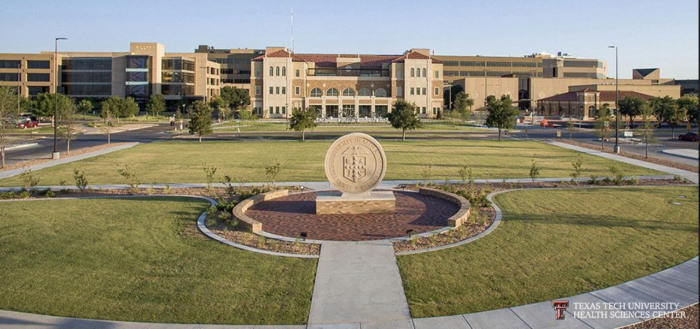 It happened again…my dog hunted and “captured” a rabbit in our backyard! I have a Basenji, which is a breed from Africa who has hunting instincts, especially rodents. Those hunting instincts are strong and she just can’t help herself.
It happened again…my dog hunted and “captured” a rabbit in our backyard! I have a Basenji, which is a breed from Africa who has hunting instincts, especially rodents. Those hunting instincts are strong and she just can’t help herself.
Just as animals have those natural instincts, so do we humans. Our brains are wired for social interaction.
Dr. David Rock is the Director of the NeuroLeadership Institute, focused on bringing leadership experts together to build a new science for leadership by applying brain science into leadership development. In his book, Your Brain At Work, he describes the brain as a “social animal”. As humans, the majority of us rely on other humans to provide life-sustaining resources vs. hunting in the wild. Because of that, much of our brains are devoted to the social world.
Having said that, when we are in new situations with new people, are brains are on alert and we become more reserved in our behavior. Most of us will not bound into a conference room and begin to lead a discussion. Instead, we tend to quietly observe others and wait to see if we get introduced before we striking up a conversation. That is our brain’s way to check-in and determine if those around us are “friends or foe”. When we have established some sort of connectedness and begin to form a relationship with another, that person is viewed as safe or friendly. Those we don’t know well will not be naturally part of our circle until some connection is formed. It’s difficult to trust someone we don’t know.
Back in a world where anyone NOT in our “tribe” suddenly came into our territory, it was a threat. That heightened sense of protecting yourself and the tribe was a key to survival. We live in a different world today, but those instincts may come into play in situations where cross-functional teams/departments have to interact within an organization.
So how is this applicable? When we are in survival mode, collaboration is not even on the radar! Good business relies on collaboration, which is why it’s such a vital skill.
Now let’s consider what’s going on in our brain when we are interacting with someone who is in our tribe – a friend. A friend generates a toward emotional response, which provides more space to generate new ideas and be open to their ideas. That interconnection with thoughts, emotions and goals with others triggers a release of oxytocin, a pleasurable chemical. It’s the same chemical released when members of a team work together to score a winning goal in hockey or when cast members perform in a great show on stage.
Research has shown that there is only one experience in life that increases happiness over a long time…it’s the quality and quantity of our social connections. It offers that oxytocin buzz that is addictive.
These positive social connections not only improve happiness, it contributes to living longer AND performing better at work! I think the improved work performance comes from improved collaboration with others.
I now understand why it’s so important to take time to build rapport with others when you are initially meeting. Those simple things like shaking hands, making some small talk about the weather, traffic or weekend events sets the stage to find some common ground. Common ground leads to “someone like me”, which leads to that feeling of friendship. It can be even more challenging if all the interactions are by phone. Leveraging some sort of video chat technology can go a long way in building those new relationships.
If the small talk/rapport building is a bit awkward for you, remember this simple rule:
Ask questions to find out something about the person.
What’s their work history?
Where did they go to school?
Where is their hometown? Where do they live now?
What are their weekend plans? Vacation plans?
What do they enjoy doing when they are not at work?
When you are interested, you are interesting!
When I meet someone who is interesting, I’m open to their ideas and suggestions. That openness is key to collaboration.
The next time you are meeting people for the first time, be mindful and think about these 2 questions:
What do I want them to think about me when I walk in the door?
What do I want them to say about me when I leave?
That thought process will prepare you to get engaged and make connections with your new “friends” and set the stage for future collaborations.



